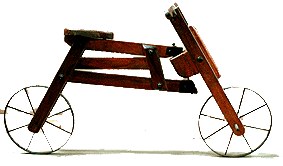| 1860 - 1900 | 1901 - 1910 | 1911 - 1920 | 1921 - 1930 | 1941 - 1950 | 1951 - 1960 |
Features


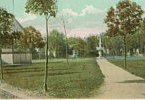
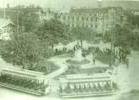
Contributed by
Mrs. Paul (Jo) Spears
This Victorian fountain stood in Center Square from 1872 to 1904 .
Center Square
The town's square has had four major changes since the early 1800s.
.jpg)
View other other historical photos in the
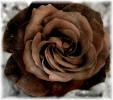
Richard McAllister House - First house in Hanover
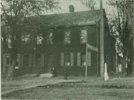
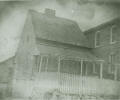
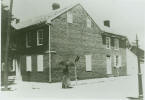
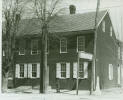
Richard McAllister house. The first house built in Hanover - 1745. Photograph circa 1870. [centennial] Read more.
Rear of McAllister House on Baltimore Street. Log Structure. Date of
photo unknown.
W. C. Clausen
Collection
Richard McAllister house. Date of
photo unknown. We suspect this picture predates the one to immediate
right.
W. C. Clausen
Collection
Richard McAllister house. The
first house built in Hanover - 1745. Located on the corner of Baltimore
and Middle Streets. Photograph circa 1890
W. C. Clausen
Collection
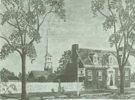
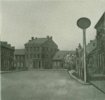
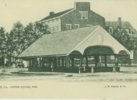
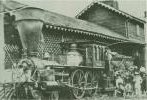
a painting by John Sheffer
[cmch]
[pbh]

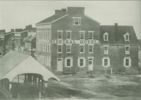
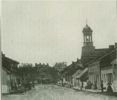
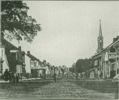
Scene of hand to hand combat during the Battle of Hanover
[centennial]
General Kilpatrick's Headquarters in Central Hotel
[centennial]
W. C. Clausen Collection
originally named Pigeon Street, later Broadway. Facing towards intersection with York Street. [centennial]
[centennial]
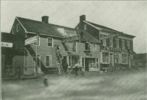
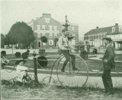
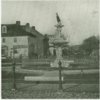
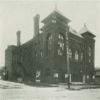
[centennial]
[centennial]
The child in his picture is riding a velocipede
[centennial]
circa 1875 [centennial]
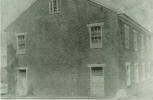
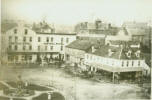
The Concert Hall was located on the southwestern corner of Center Square, was used as a hospital after the Battle of Hanover. It was razed around 1900. The hall was built by V. C. S. Eckhart, and served the community as a social, musical and entertainment center for many years. Circa 1875
Central Hotel - 1893 -facing
Frederick Street, Carlisle Street to the right.
W. C. Clausen
Collection
.jpg)
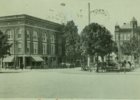
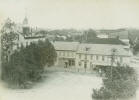
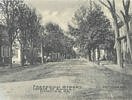
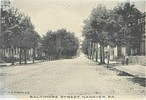
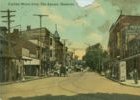
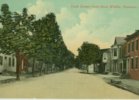
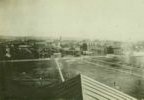

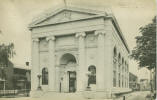
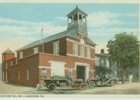
.jpg)
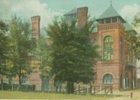


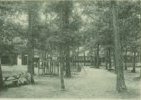
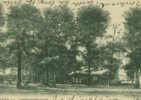
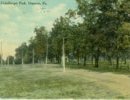


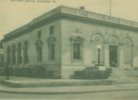

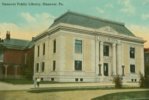
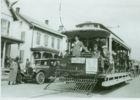

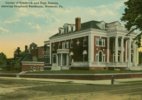


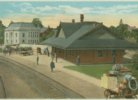
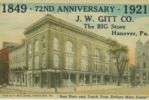
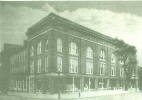
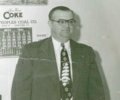

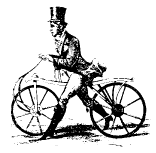 Velocipede
Velocipede